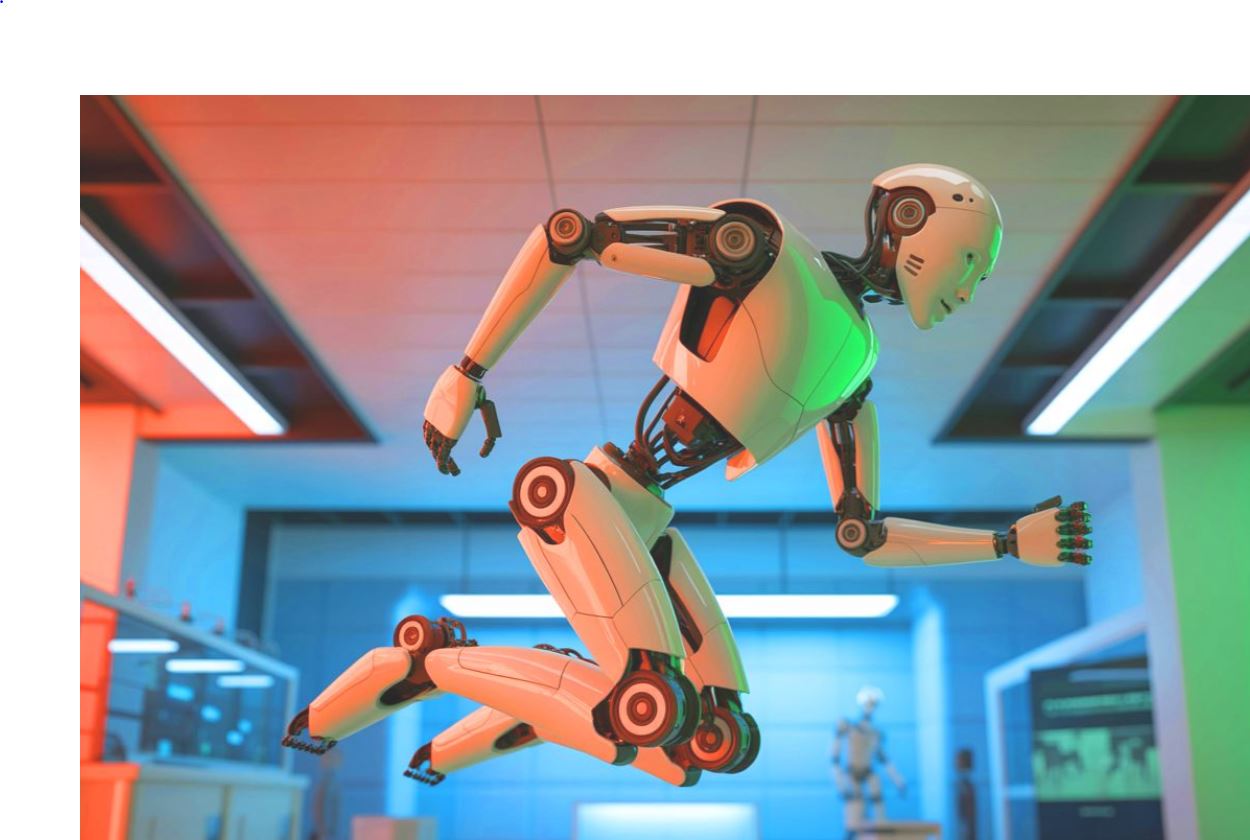 MIT researchers are using generative AI to reimagine how robots move. In a recent project at MIT’s Computer Science and Artificial Intelligence Laboratory (CSAIL), innovative diffusion-based models were put to work to design a robot that can jump 41% higher than previous models. If you’ve ever struggled with traditional design limitations, you’ll appreciate the fresh approach here.
MIT researchers are using generative AI to reimagine how robots move. In a recent project at MIT’s Computer Science and Artificial Intelligence Laboratory (CSAIL), innovative diffusion-based models were put to work to design a robot that can jump 41% higher than previous models. If you’ve ever struggled with traditional design limitations, you’ll appreciate the fresh approach here.
These AI models generated 3D designs that allowed engineers to experiment with different shapes and sizes. The team discovered that curved linkages—reminiscent of thick drumsticks—help the robot store more energy, which translates into a more powerful jump. As CSAIL postdoc Byungchul Kim explained, the AI suggested a unique design that optimised energy storage without over-thinning the links.
After five rounds of refinements, the final design, with its distinctive blob-like appearance, not only improved the jump height to about two feet but also reduced falls by 84% compared to the original version. This practical improvement shows how iterative AI design can tackle physical engineering challenges effectively.
Looking ahead, the researchers are keen to build on these results. They’re considering lighter materials and additional motors, which could enhance both directional control and landing stability. As researcher Wang put it, it’s not hard to imagine using natural language cues to instruct a diffusion model to create a robot that can perform everyday tasks like picking up a mug or even operating an electric drill.








